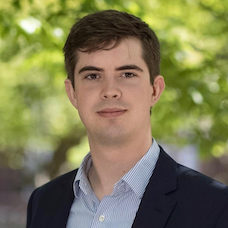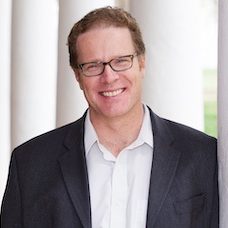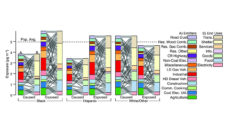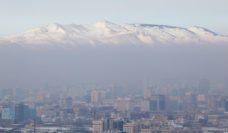Air pollution contributes to as many as 9 million premature deaths worldwide each year – twice as many as war, other violence, HIV/AIDS, tuberculosis, and malaria combined. Fine particulate matter air pollution is especially dangerous as microscopic air particles readily enter the lungs, bloodstream, and brain. Subsequent health effects may include infant death, cancer, lung disease, heart disease, and reduced life expectancy for adults. These public health effects translate into reduced welfare, productivity, and lifetime earnings.
The widely recognized good news is that fine particulate air pollution has declined substantially — approximately 70% — since 1981. Until recently, however, we haven’t known how disparities in fine particulate air pollution have changed over time. In a study recently published in the journal Science, we show the areas that were most polluted in 1981 are still the most polluted today and the least polluted areas in 1981 remain the least polluted areas today. The socio-demographic groups facing the greatest exposure also persist. Richer and whiter areas became less polluted faster over time. As a consequence, poor and marginalized areas are generally experiencing declining air quality relative to areas with more privilege.
The information necessary to understand how these relative air pollution disparities have evolved over time in the United States has only recently become available. US Environmental Protection Agency outdoor monitors — which capture data commonly used to measure historic air pollution concentrations — offer relatively sparse coverage in mostly urban locations. Our study used newly available data from satellites, pollution transport modelling, and pollution monitors to assess fine particulate matter concentrations. We studied air pollution concentrations every year between 1981 and 2016 for more than 8.6 million distinct US locations.
The EPA’s definition of environmental justice explicitly states that “no group of people should bear a disproportionate share of the negative environmental consequences.” On this front, we are coming up short.
This combination of data sources allowed us to develop a detailed picture of decades of fine particulate matter concentrations for every “neighborhood” in the United States. It also allowed us to explore whether specific locations had more or less pollution than other locations at various points in time. We ranked each neighborhood from least polluted to most polluted for each year. We then evaluated how rankings changed between 1981 and 2016.
Our main finding is that an area’s rank remained remarkably persistent. Areas with high pollution ranks in 1981 retain the highest pollution ranking in 2016. Areas with low pollution ranks in 1981 retain the lowest pollution ranking in 2016. Poorer and more Hispanic neighborhoods had higher average pollution ranking in 1981, and rankings tended to increase over time. More simply, relative air pollution disparities worsened for poorer and Hispanic communities.
Relative disparities in air pollution concentrations matter because fairness, equity, and justice are relative concepts. From a societal perspective, we care about who is advantaged and disadvantaged at any given point in time. Someone living in one of the most polluted areas of the US today is exposed to the same level of fine particulate air pollution that the average American was exposed to almost three decades ago. The public health literature is clear. All else equal, inequities in air pollution exposure translate into inequitable health and economic well-being.
The persistence of air pollution disparities also matters for US environmental policy. For decades, federal and state environmental guidelines have committed to providing all Americans with the same degree of protection from environmental hazards. The EPA’s definition of environmental justice explicitly states that “no group of people should bear a disproportionate share of the negative environmental consequences.” On this front, we are coming up short.
Photo by Jan Antonin Kolar on Unsplash















